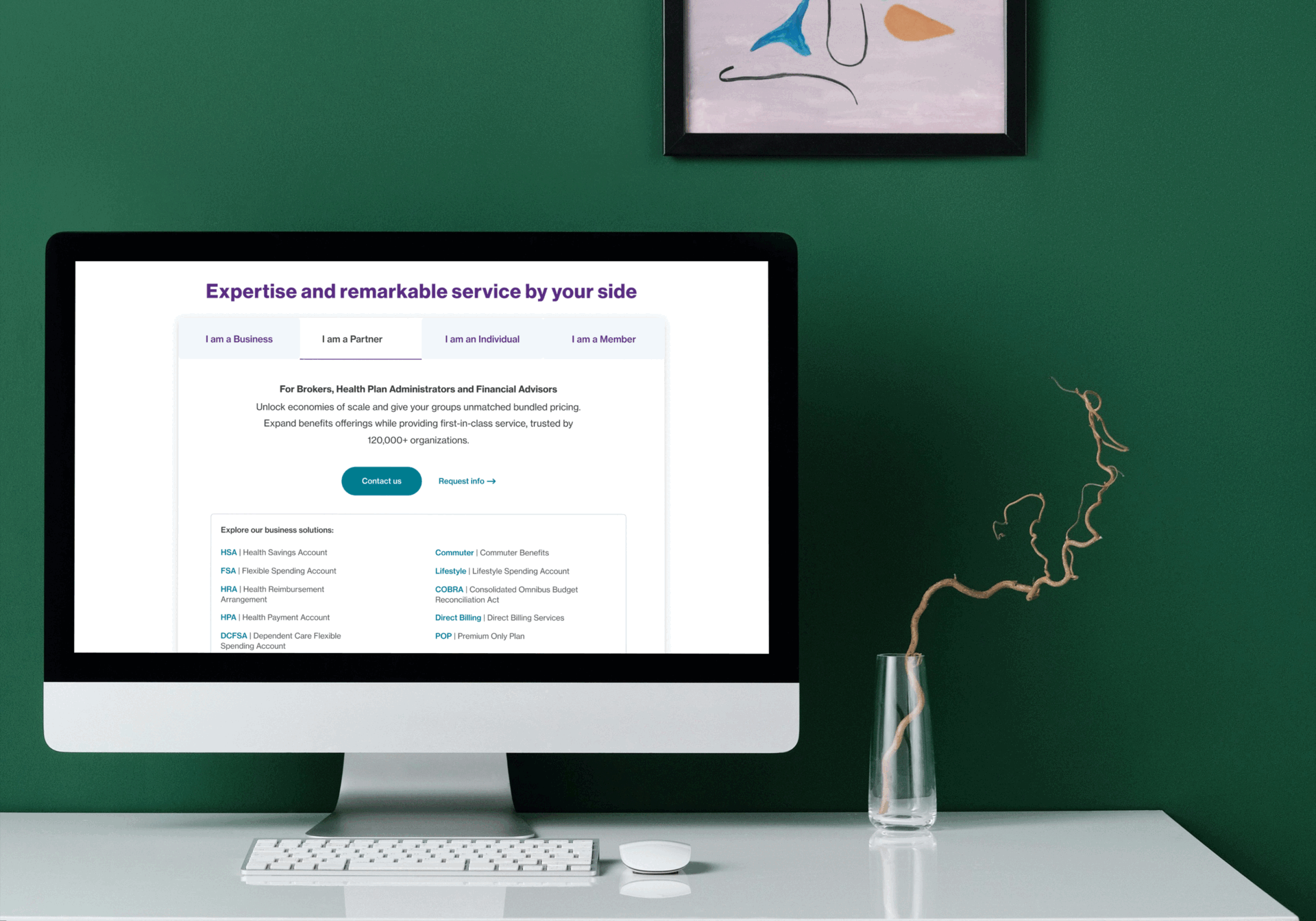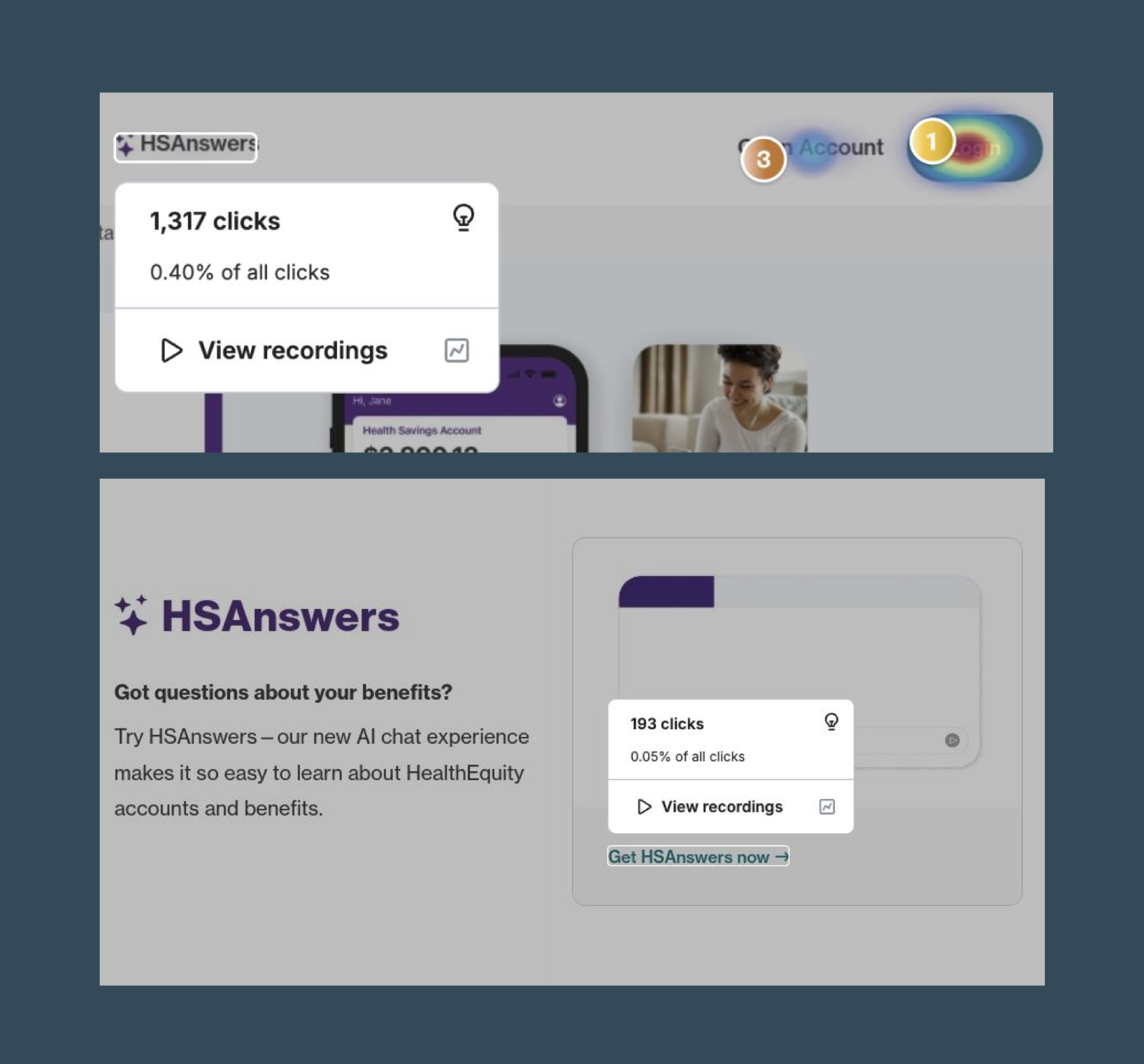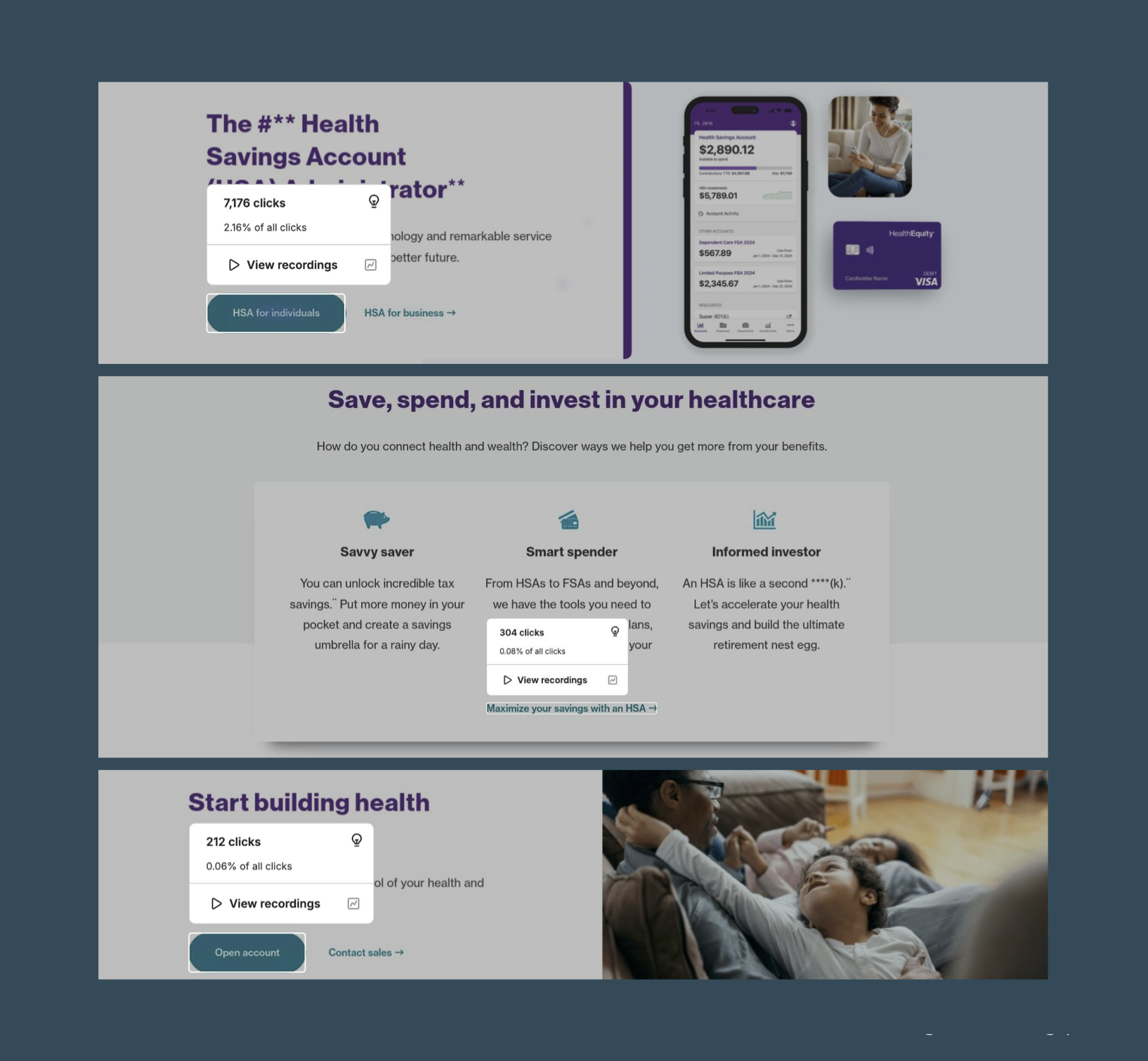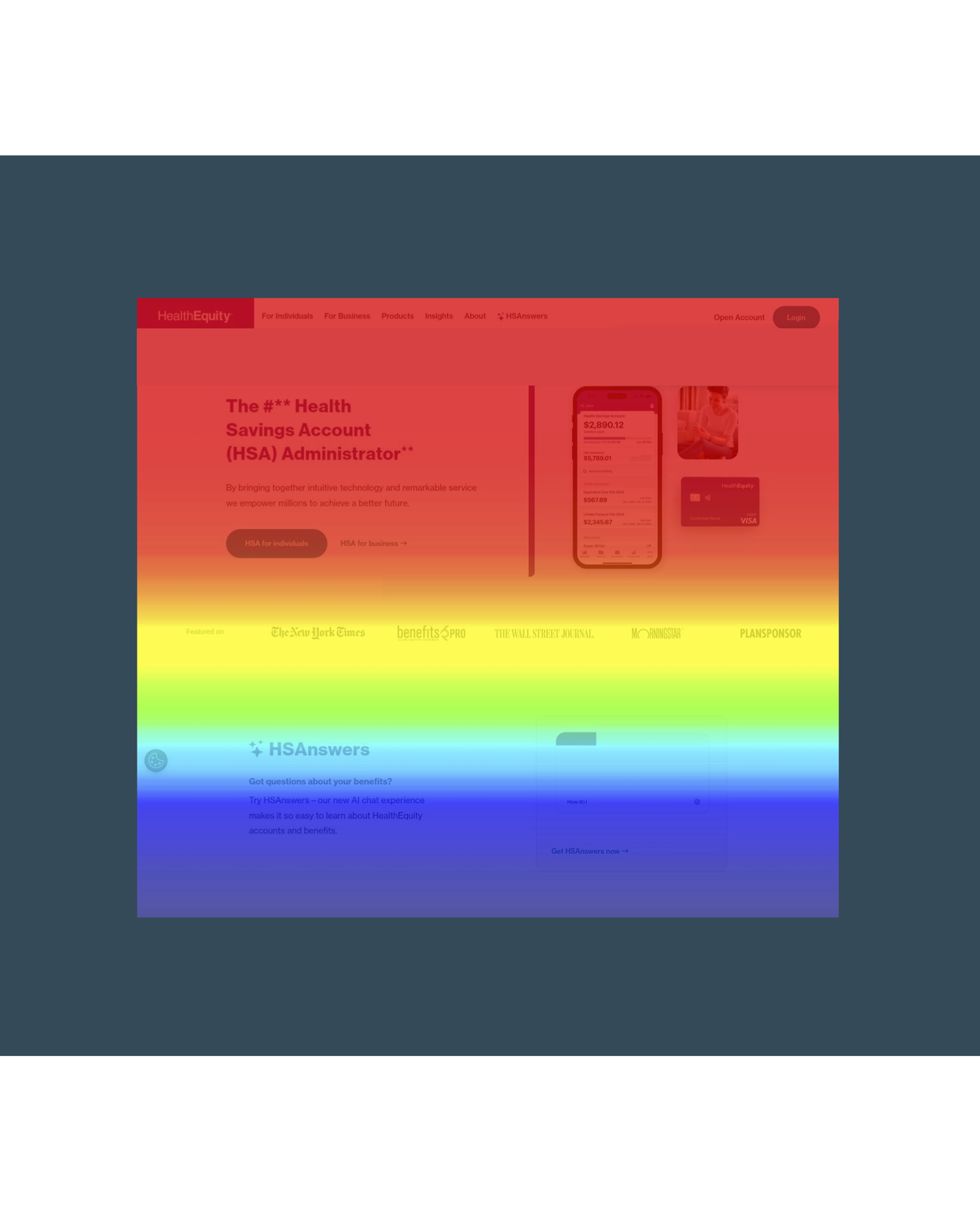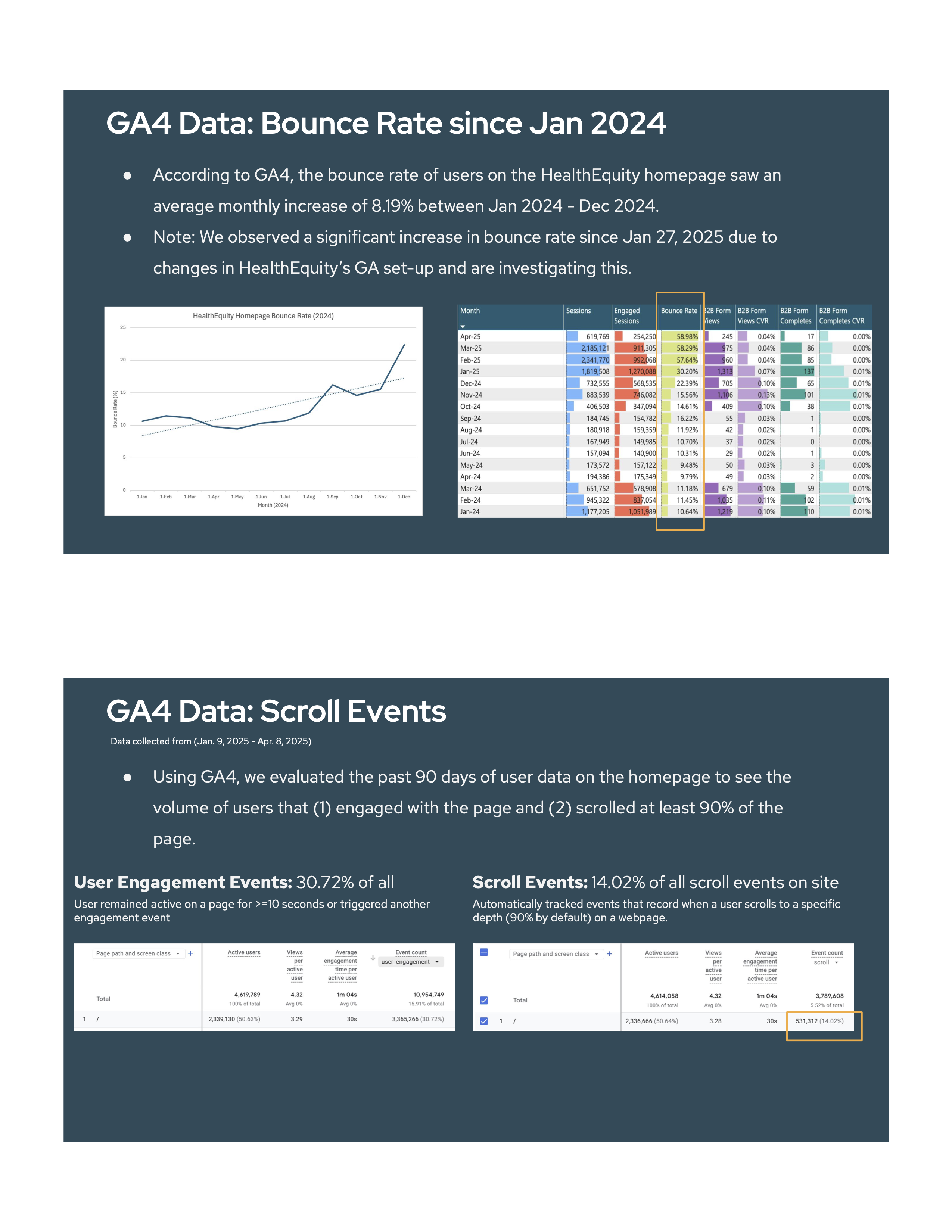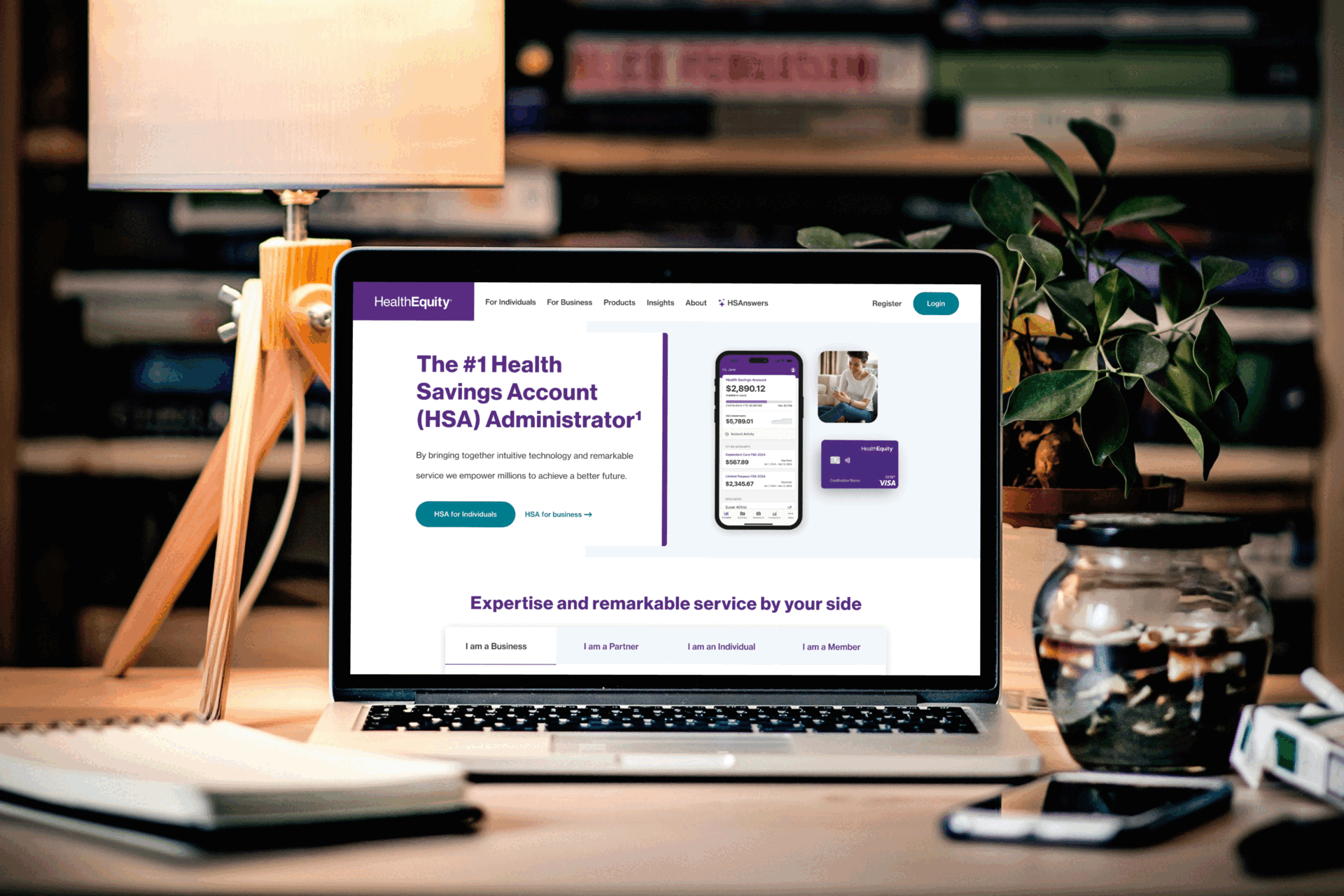What Opportunity Were We Maximizing?
The homepage of a leading HSA administrator was a critical entry point but was inadvertently creating user confusion and frustration. Users, particularly B2B prospects, struggled to self-identify and navigate to relevant information, leading to increasing bounce rates [an average monthly increase of 8.19% from Jan. - Dec. 2024, with a significant spike in 2025].
High return rates to the homepage after logging in [50% mobile, 42% desktop] screamed for a clearer, more intuitive pathway. This wasn't just a UX issue; it was a significant business barrier.

